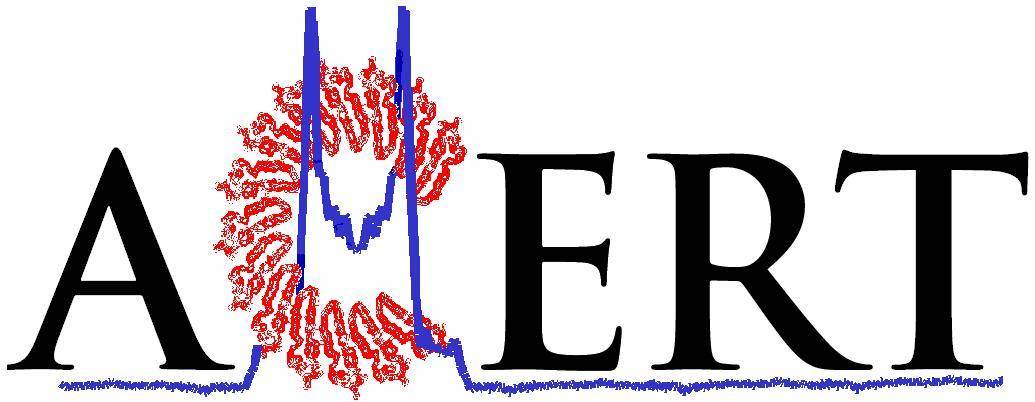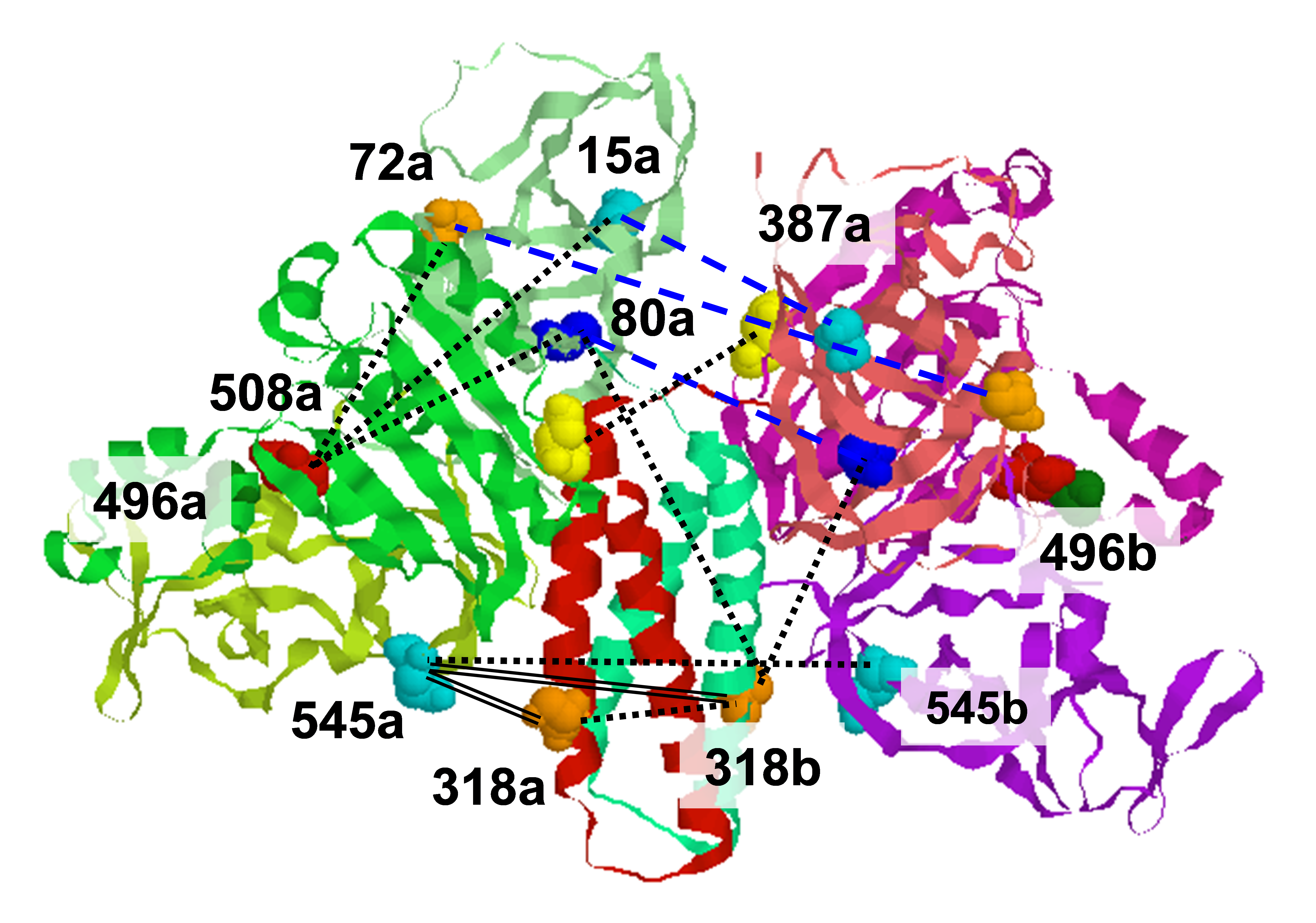National Institute of General Medical Sciences |
 |
 |
National Biomedical Resource for |
|
About ACERT last update: February 4, 2025 |
|
The National Biomedical Resource for Advanced Electron-Spin Resonance Technologies (ACERT) is an outgrowth of extensive experience in developing the methods of modern electron spin resonance (ESR, a.k.a. EPR-Electron Paramagnetic Resonance) by Prof. Jack H. Freed’s research group at Cornell University. The technologies upon which this Resource is based are in many respects unique in the world, and their development has proven necessary for our many successful studies on protein structure and conformational dynamics conducted with numerous collaborators. ACERT was originally a P41 NIH funded Center, which was heavily dedicated to ESR Technology, Research and Development (TR&D). The new R24 Resource is primarily dedicated to Collaborations and Service (C&S) in ESR. Even though the P41 Center was heavily involved in TR&D, C&S were an important component. For example the C&S projects on distance measurements (i.e. pulse dipolar spectroscopy, PDS) led to 10,000 PDS samples being studied and to 49 of the nearly 200 papers published by ACERT-P41, including its acknowledgements. We expect that with the primary emphasis on C&S in the new R24 Resource, these activities will be significantly increased. We are pleased to announce two new events in our workshop series. On Thurs., February 27, Dr. Mrignayani Kotecha will speak on the topic of "EPR Oxygen Imaging and Applications to Biomedical Sciences", and on Fri., February 28 she will talk about "eMRI - Current Trends & Emerging Directions". The workshops are free, but we ask that you register ahead of the talk. For registration, please use the QR code on the flyers. Our services to the ESR user community include:
Technologies ESR characterization of proteins is of great importance in the better understanding of many diseases, including AIDS, allergies and inflammations, ALS, Alzheimer's, bacterial infection, cancer, cardiac disease, depressive disorders and schizophrenia, Ebola viral infections, eye disorders, infertility, neurological disorders, Parkinson's, and SARS-1/SARS-2. We have developed several different technologies to support such studies: 1) Pulsed Fourier Transform and Two Dimensional ESR from 9 to 35 GHz
2) ESR with Ultra-High Sensitivity for Very Small Biological Samples 3) High Frequency-High Field (HFHF) ESR
4) Theory and Computational Methods for Modern ESR and Spectral Processing
5) Conventional ESR cw and pulse experiments at 9-35 GHz.
See our Dissemination page for further details, and the News page for recent events and articles. RECENT EVENTS can be found on our ACERT News page. The researchers that comprise ACERT are: Prof. Jack H. Freed Madhur Srivastava Prof. Brian Crane Peter P. Borbat Curt R. Dunnam Alex L. Lai Art Samplaski Walt Ford Diane Patzer © 2022 |
|
About ACERT Contact Us |
Research |
Outreach |
ACERT is supported by grant 1R24GM146107 from the National Institute of General Medical Sciences (NIGMS), part of the National Institutes of Health. |
|||||
| ||||||||